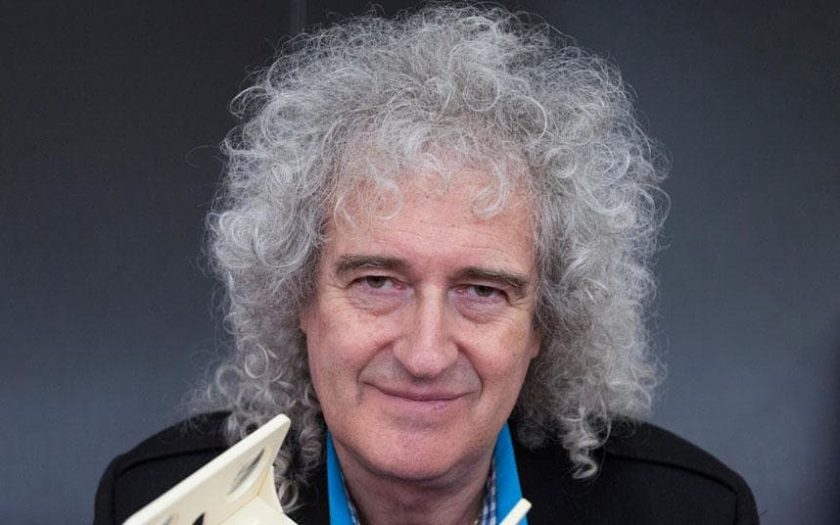“Something about this time of year gives me the blues,” says Queen Guitarist Brian May. May, 72, said in his Instagram post that he felt the ‘colours have gone out of the world’. Adding, “Most of this Christmas period I haven’t wanted to show my face because my face was grim. Depression, hopelessness, fear … I get engulfed.”
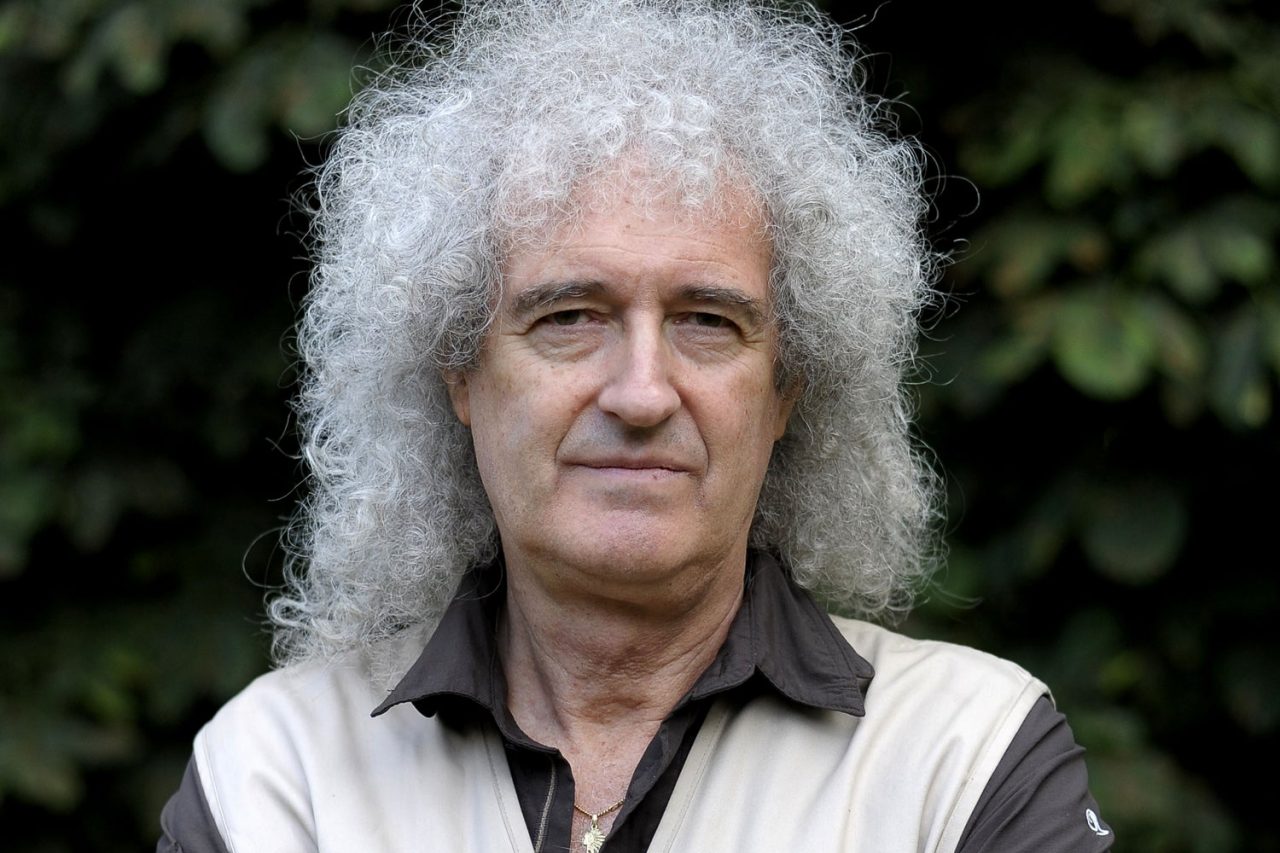
He continued, “I know I should be grateful for my life but none of that has made any difference to how I’m feeling.”
Commonly referred to as SAD (Seasonal Affective Disorder) is a type of depression that comes and goes in a seasonal pattern.
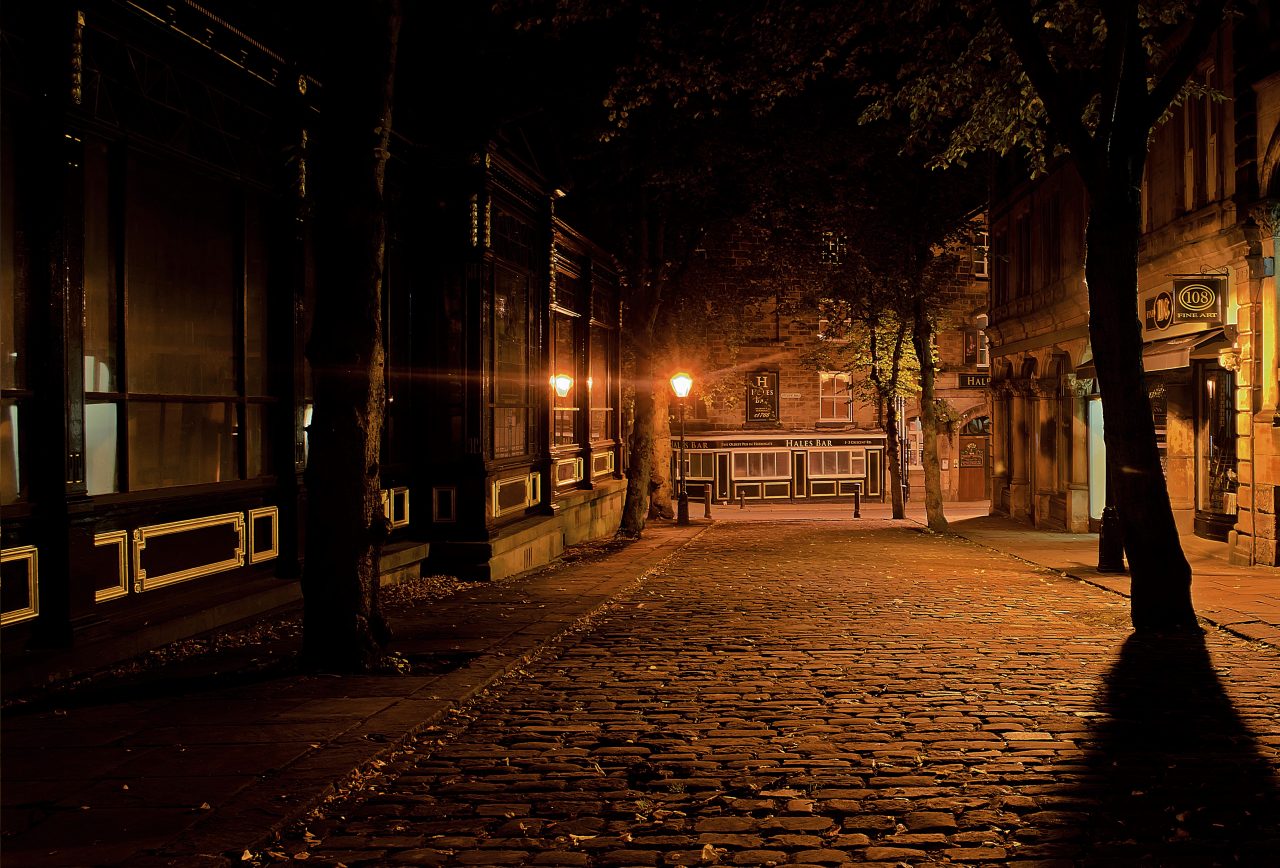
Symptoms of SAD can include:
A persistent low mood
A loss of pleasure or interest in normal everyday activities
Irritability
Feelings of despair, guilt and worthlessness
Feeling lethargic (Lacking in energy) and sleepy during the day
Sleeping for longer than normal and finding it hard to get up in the morning
Craving carbohydrates and gaining weight
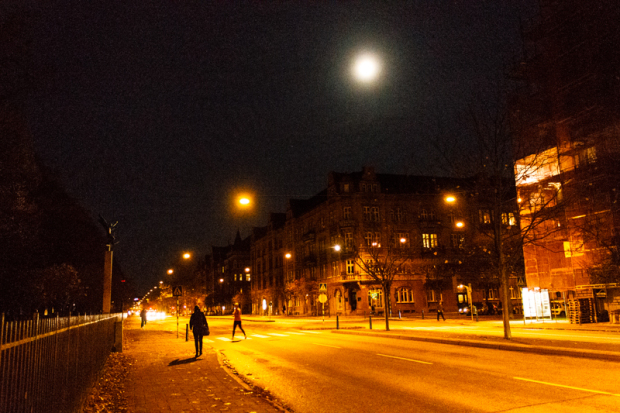
The exact cause of SAD isn’t fully understood, but it’s often linked to reduced exposure to sunlight during the shorter autumn and winter days.
The main theory is that a lack of sunlight might stop a part of the brain called the hypothalamus working properly, which may affect the:
Production of melatonin – melatonin is a hormone that makes you feel sleepy; in people with SAD, the body may produce it in higher than normal levels
Production of serotonin – serotonin is a hormone that affects your mood, appetite and sleep; a lack of sunlight may lead to lower serotonin levels, which is linked to feelings of depression
Body’s internal clock (circadian rhythm) – your body uses sunlight to time various important functions, such as when you wake up, so lower light levels during the winter may disrupt your body clock and lead to symptoms of SAD
It’s also possible that some people are more vulnerable to SAD as a result of their genes, as some cases appear to run in families.
Treatments for SAD
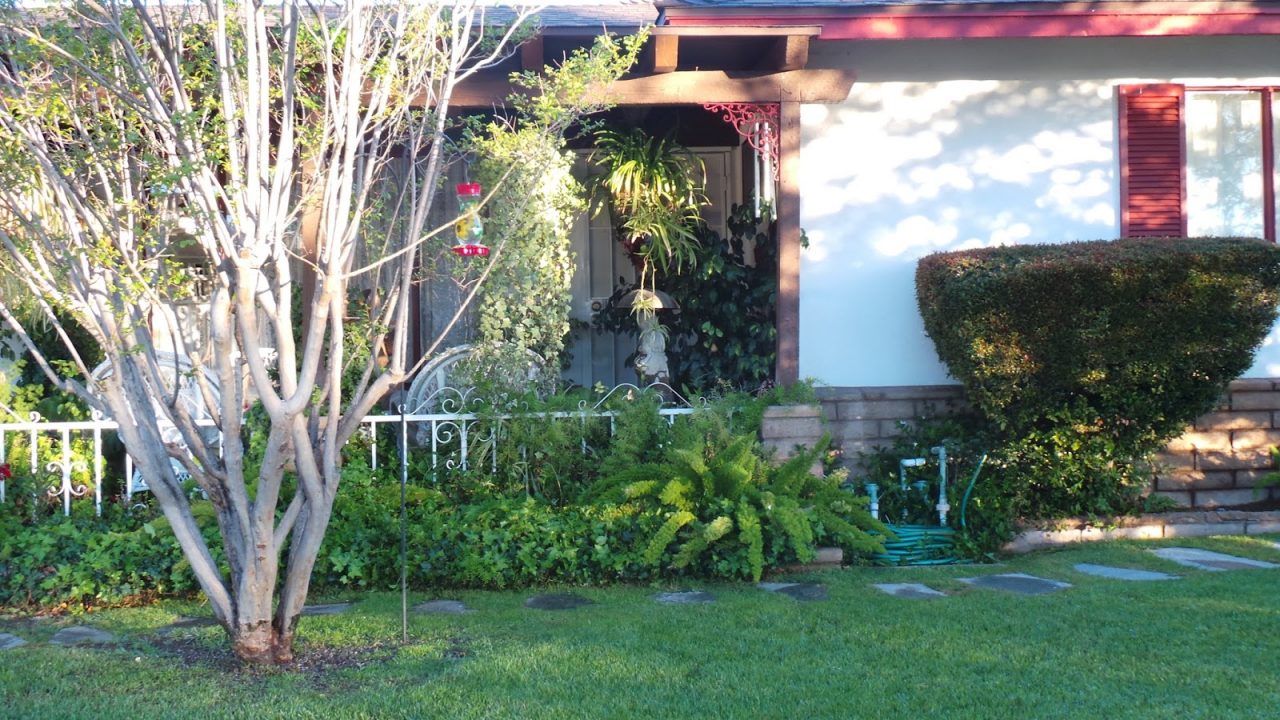
A range of treatments are available for SAD. Your GP will recommend the most suitable treatment programme for you. The main treatments are:
Lifestyle Measures including getting as much natural sunlight as possible, exercising regularly and managing your stress levels
Light therapy – where a special lamp called a light box is used to stimulate exposure to sunlight
Talking therapies such as cognitive behavioural therapy
Antidepressant medication
Surveys in the US estimate that SAD affects from 1.4% in Florida to 9.9% in Alaska
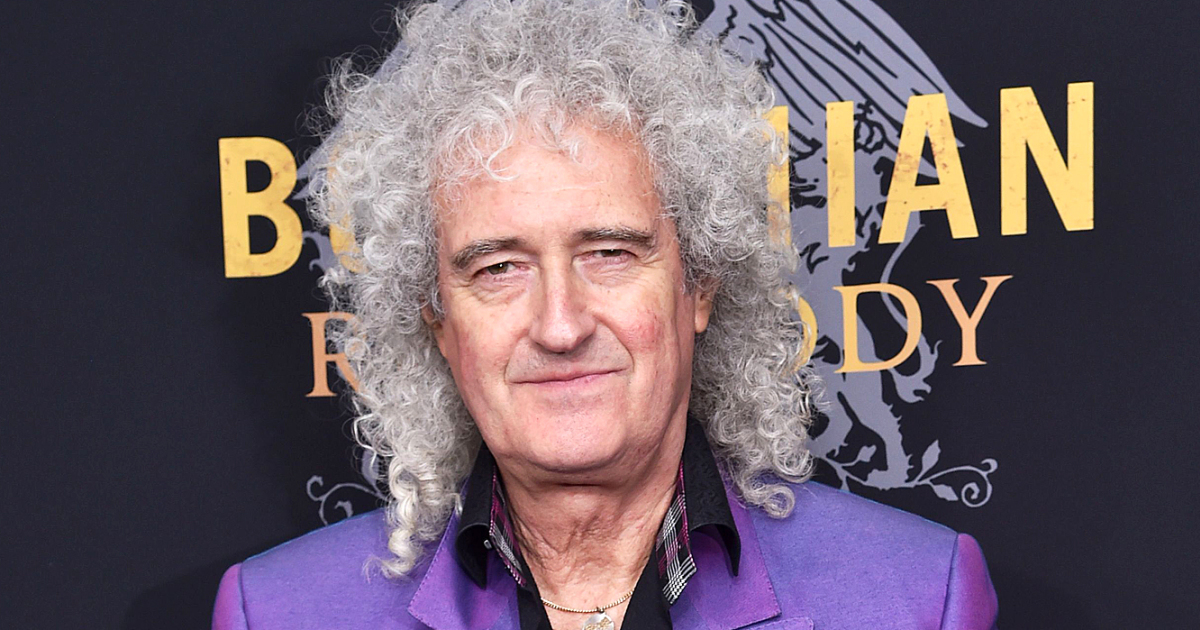
The musician, who has previously told of his struggles with depression added, “Tomorrow I am wrenching myself back into normality starting with some biking and stretching and hot and cold showering.”

